When it comes to capybaras, one of the first things that grabs attention is their size. These gentle giants are the largest rodents in the world, and their weight is a topic of fascination for animal lovers and researchers alike. But how much do capybaras really weigh? What factors influence their size? And why does their weight matter? Let’s dive into the world of capybara weight, exploring everything from their average size to how their weight impacts their lifestyle and care.
How Much Do Capybaras Weigh?
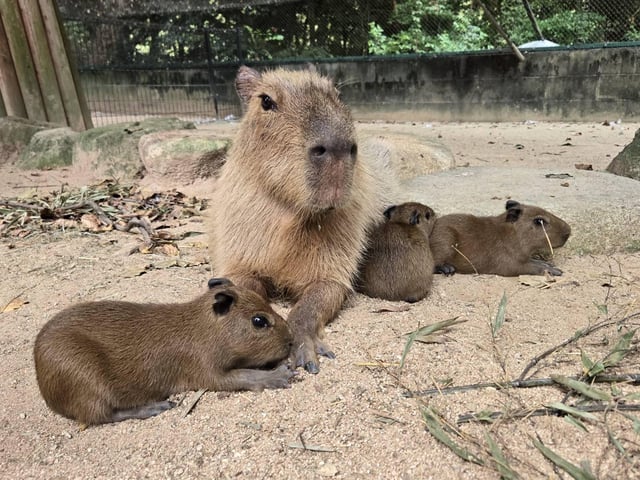
Capybaras are hefty creatures, with adults typically weighing between 35 to 66 kg (77 to 146 lbs). On average, they weigh around 48.9 kg (108 lbs). However, these numbers can vary depending on factors like gender, habitat, and diet.
- Females tend to be slightly heavier than males.
- The greater capybara (Hydrochoerus hydrochaeris), the more common species, can grow up to 1.3 meters (4.3 feet) in length and weigh as much as 79 kg (174 lbs).
- The lesser capybara (Hydrochoerus isthmius), its smaller cousin, weighs around 28 kg (62 lbs) and measures about 1 meter (3 feet) long.
Fun fact: The heaviest capybara ever recorded was a wild female from Brazil, tipping the scales at a whopping 91 kg (201 lbs)!
Baby Capybaras: From Tiny to Mighty
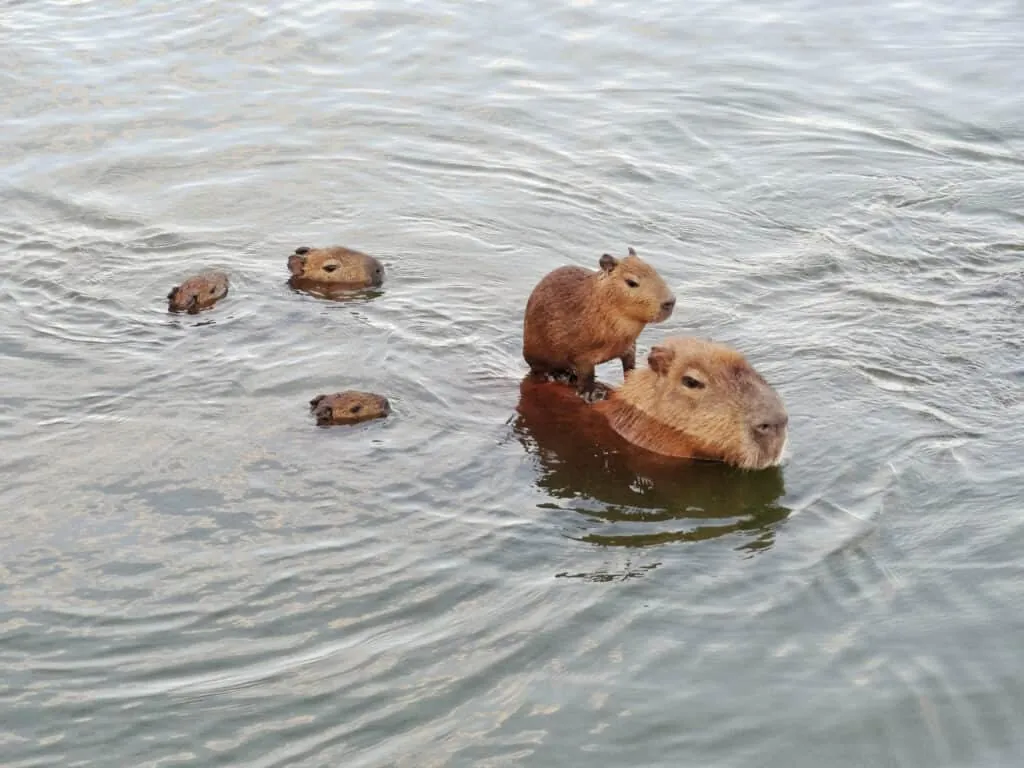
Capybara babies, or pups, start their lives surprisingly small. At birth, they weigh just 2 to 4 pounds. But don’t let their tiny size fool you—these little ones grow incredibly fast. By the time they’re 18 weeks old, they can weigh up to 88 pounds.
This rapid growth is essential for their survival, as capybaras are social animals that live in groups. Being larger helps them keep up with the herd and avoid predators.
Why Are Capybaras So Heavy?
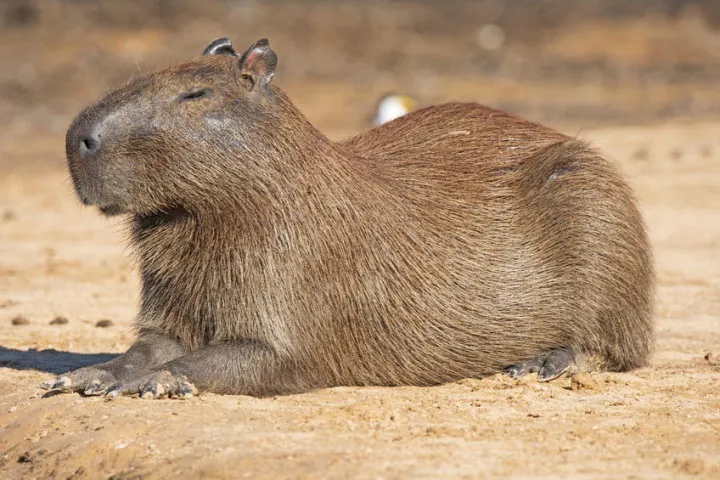
Capybaras’ weight is a result of their unique biology and lifestyle. Here’s what makes them so hefty:
- Diet: Capybaras are herbivores, munching on grasses, aquatic plants, fruits, and even crops. They consume 6 to 8 pounds of food daily, which fuels their growth.
- Habitat: Living near water sources like rivers and lakes, capybaras have access to nutrient-rich vegetation. This abundance of food contributes to their size.
- Evolution: As the largest rodents, capybaras have evolved to thrive in their environments. Their weight helps them regulate body temperature and stay buoyant while swimming.
Capybara Weight in Captivity vs. the Wild
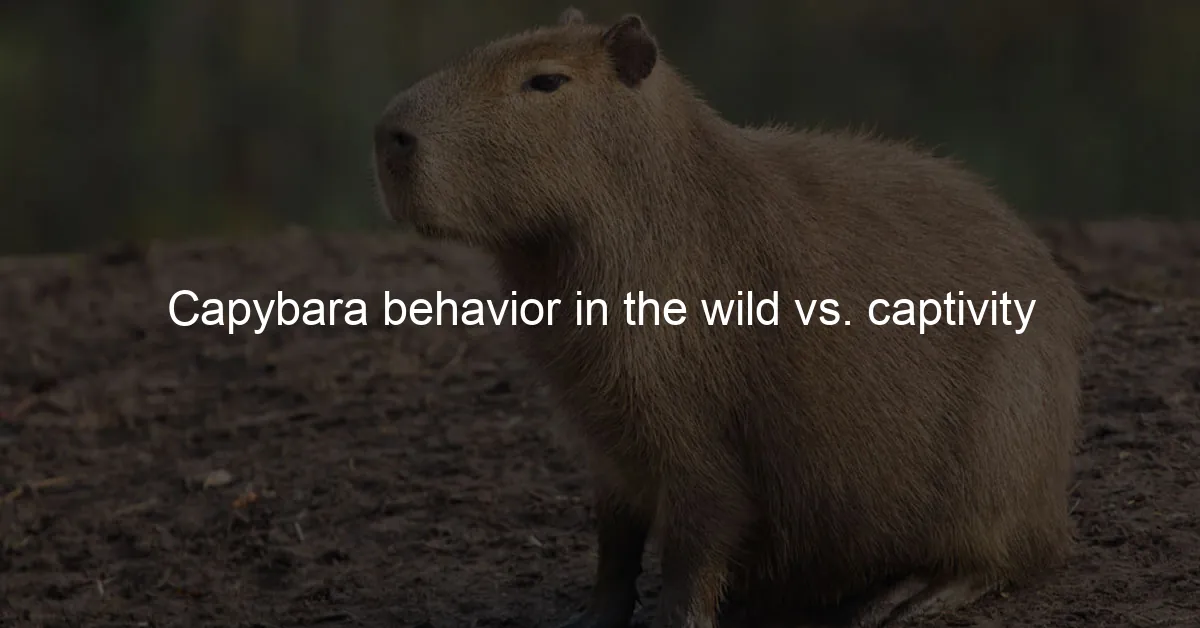
Capybaras in captivity often weigh more than their wild counterparts. This is due to:
- Consistent access to food: No competition means they can eat to their heart’s content.
- Better nutrition: Captive capybaras are often fed high-quality diets tailored to their needs.
- Reduced stress: Without predators or food scarcity, they can focus on growing big and strong.
However, caretakers must monitor their weight to prevent obesity, which can lead to health issues.
Ancient Capybaras: Even Bigger Ancestors
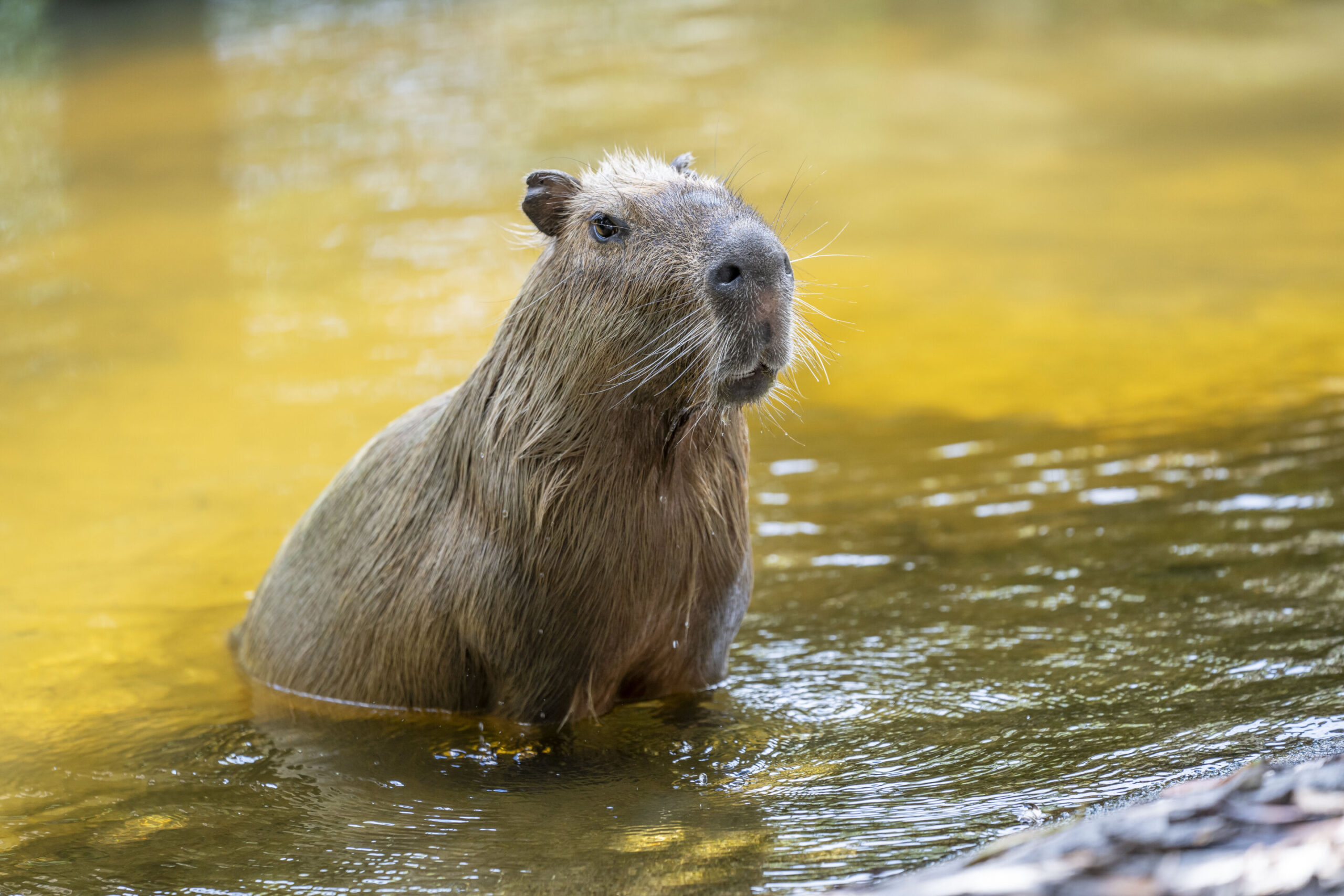
Did you know that modern capybaras have prehistoric relatives that were even larger? Meet Neochoerus pinckneyi, an ancient capybara species that measured 5 feet long and weighed between 90 to 113 kg (198 to 249 lbs). That’s 40% larger than today’s capybaras!
These ancient giants roamed South America during the Pleistocene epoch, showcasing just how impressive the capybara lineage is.
How Capybara Weight Affects Their Care
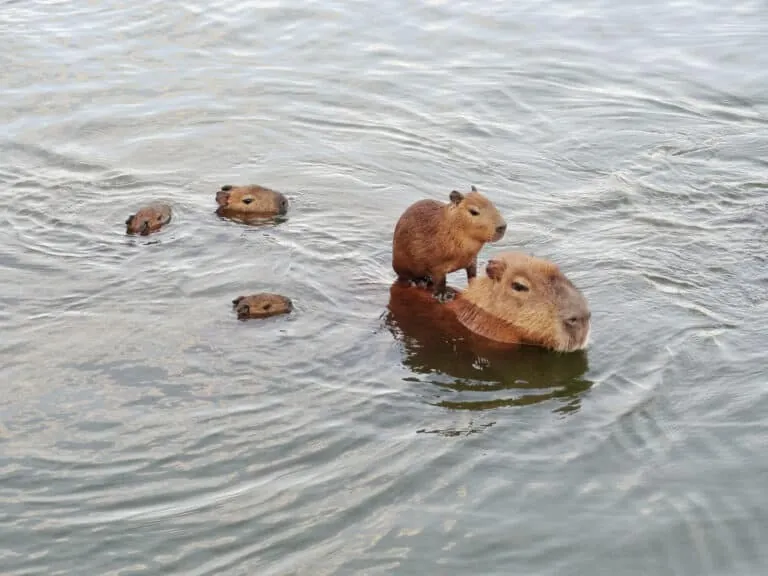
Caring for a capybara isn’t for the faint of heart. Their size and weight come with specific needs:
- Space: Capybaras require large enclosures with access to water for swimming and wallowing.
- Socialization: They thrive in groups of at least 10, so companionship is a must.
- Diet: A balanced diet of grasses, aquatic plants, and occasional fruits keeps them healthy.
If you’re considering a capybara as a pet, remember: these animals are high-maintenance and need dedicated care to thrive.
Capybara Weight: FAQs
1. What is the average weight of a capybara?
The average capybara weighs around 48.9 kg (108 lbs), but they can range from 35 to 66 kg (77 to 146 lbs).
2. How much do baby capybaras weigh?
At birth, capybara pups weigh just 2 to 4 pounds, but they grow rapidly, reaching up to 88 pounds by 18 weeks.
3. Are capybaras heavier in captivity?
Yes, capybaras in captivity often weigh more due to consistent access to food and reduced stress.
4. What is the heaviest capybara ever recorded?
The heaviest capybara on record was a wild female from Brazil, weighing 91 kg (201 lbs).
5. Why are capybaras so heavy?
Their weight is influenced by their diet, habitat, and evolutionary adaptations, which help them thrive in their environments.
Final Thoughts
Capybaras are truly remarkable creatures, and their weight is just one of the many things that make them unique. From their rapid growth as pups to their impressive size as adults, capybaras are a testament to the wonders of the animal kingdom. Whether you’re marveling at their prehistoric ancestors or learning how to care for one, understanding capybara weight is key to appreciating these gentle giants.
So, the next time you see a capybara lounging by the water, take a moment to appreciate just how much they weigh—and how much they bring to our world.
Keywords: capybara weight, how much do capybaras weigh, capybara size, greater capybara, lesser capybara, baby capybaras, capybara care, ancient capybaras, capybara diet, capybara habitat.
LSI Keywords: largest rodent, capybara facts, capybara growth, capybara evolution, capybara in captivity, capybara vs human size, capybara swimming, capybara social behavior, capybara food, capybara predators.
Related Keywords: capybara weight chart, capybara weight comparison, capybara weight range, capybara weight in pounds, capybara weight in kg, capybara weight over time, capybara weight and health, capybara weight and diet, capybara weight and habitat, capybara weight and care.
By keeping the language conversational, using engaging examples, and sprinkling in FAQs and headers, this article is optimized for both readers and search engines. Whether you’re a capybara enthusiast or just curious about these fascinating animals, this guide has you covered!
